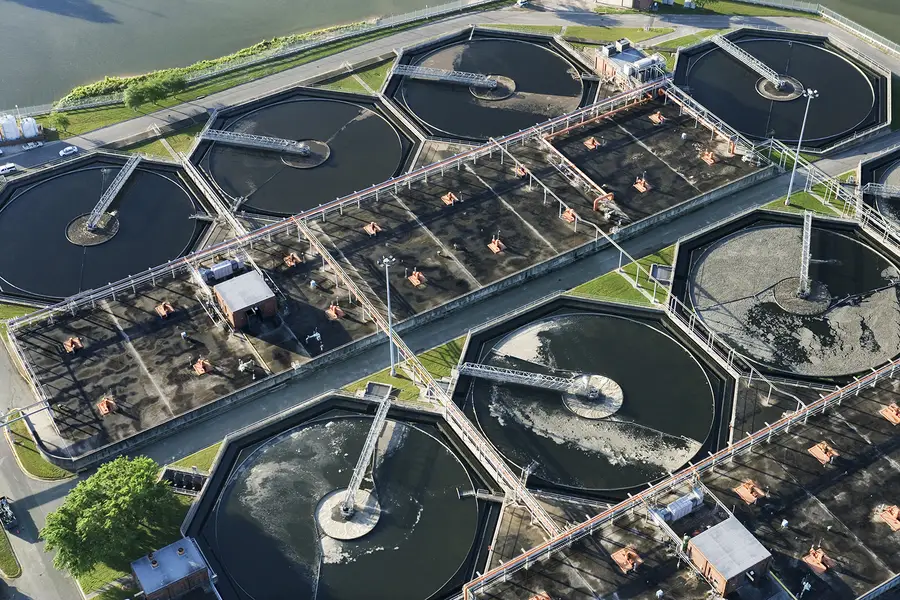
With an everchanging climate, energy experts and policy makers are looking for renewable energy alternatives that reduce carbon admissions. Using ammonia (NH3) as fuel could be the solution. Ammonia is an inorganic compound made of nitrogen and hydrogen. It is produced as a byproduct of decomposing plants and animals, which release nitrogen-containing compounds.
While it’s previously been used in various applications, including as fertilizer, ammonia has the potential to replace fossil fuels, coal, diesel, gasoline, and hydrogen. Ammonia’s renewable energy potential and carbon-free composition has earned it the name “green ammonia.” But what makes ammonia special and how can it be extracted from wastewater for fuel?
Ammonia’s Unique Role in Zero-Carbon Energy Potential
Ammonia has unique qualities that play a key role in zero-carbon fuel. It has a higher energy density compared to its counterparts, including liquid hydrogen, another source of clean energy. It is also easier to liquefy, transport, and store compared to hydrogen. Liquid hydrogen must be stored at cryogenic conditions of -253°C compared to ammonia, which can be stored at -33°C. These characteristics are compelling for investing in green ammonia.
How is Ammonia Produced?
While ammonia is naturally occurring, it can be produced synthetically. To produce ammonia on a large scale, industries use the Haber-Bosch process, which involves the combination of nitrogen gas from the air with hydrogen gas. However, this is a very energy-intensive process, as these elements are combined under a high pressure and temperature in the presence of a catalyst like iron to form ammonia.
Ammonia Recovery from Wastewater
Ammonia can also be found in wastewater due to the decomposition of nitrogenous organic matter from sewage and farmland drainage. Recovering ammonia from wastewater is potentially more energy efficient and environmentally friendly than conventional ammonia production. It is also more energy efficient to produce hydrogen from ammonia than by water electrolysis, a process where electricity splits water intro oxygen and hydrogen gas.
RTI Developing Wastewater Ammonia Adsorbent
Currently, RTI is developing a novel ammonia adsorbent to recover ammonia from wastewater, determine the operating conditions for ammonia recovery, and assess energy efficiencies. The proposed ammonia adsorbent can upgrade existing biological wastewater treatment plants that convert ammonia into nitrate and then waste nitrogen gas rather than leveraging ammonia’s energy potential through recovery from the wastewater and use as a fuel.
For example, a typical wastewater treatment plant receives about 12 million gallons per day of wastewater that has more than 3,000 lbs of ammonia components in it. During wastewater treatment, these ammonia components are converted into nitrogen gas via multiple biological reactions requiring significant energy and chemicals. Implementing the process proposed by RTI would enable recovering the ammonia instead of converting it into a nitrogen gas, producing more than 8.5 megawatt hours per day of energy through the recovered ammonia from one treatment plant.
This process not only avoids nitrogen gas emissions, but it captures ammonia energy that can be used in various fuel applications. Recently, the U.S. Department of Energy partnered with RTI to explore green ammonia as a sustainable maritime fuel. With green ammonia growing as an alternative fuel, more innovative methods will be needed to capture its energy. RTI’s ammonia absorbent technology is one of many steps towards adapting zero-emission fuels.

